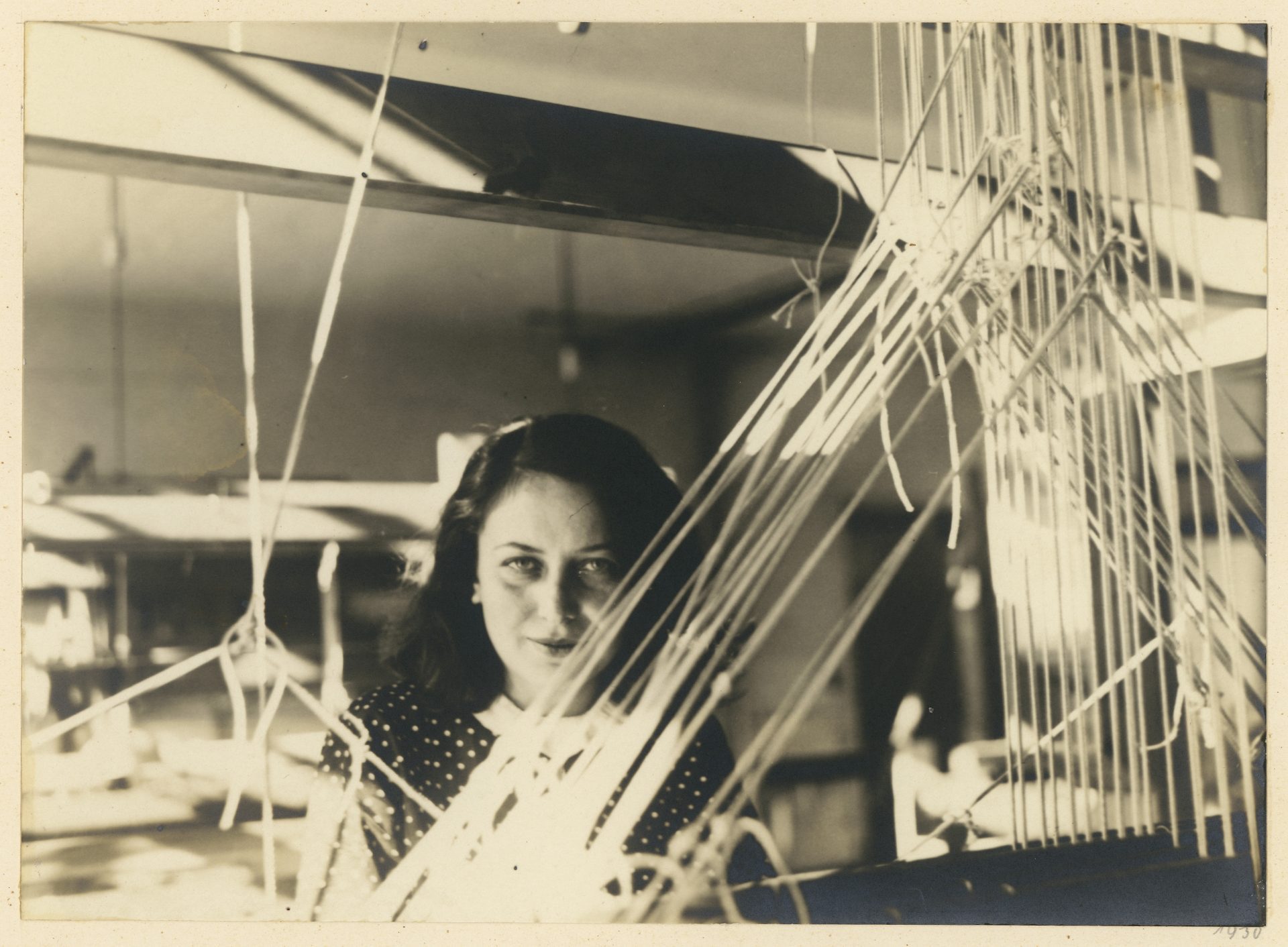Otti Berger’s legacy in the Bauhaus-Archiv
Nonumy eirmod tempor invidunt ut labore et dolore magna aliquyam erat, sed diam voluptua. At vero eos et accusam et justo duo dolores et ea rebum. Stet clita kasd gubergren, no sea takimata sanctus est.

Lorem ipsum
-
The Bauhaus-Archiv’s collection contains documents, photos, carpets and weaving samples that can be clearly traced back to the estate of textile designer Otti Berger, who was murdered at Auschwitz in 1944. When Berger left her home in London for the Yugoslavian province of Baranya in 1938 to care for her mother, who was suffering from cancer, she stored a large portion of her possessions in London. She transferred responsibility for these to her friends Karl (1889–1963) and Ellen Otten (1909–1999), who, like Berger, had fled to England to escape persecution by the Nazis. In 1938 Berger also loaned a selection of works to the Museum of Modern Art (MoMA) in New York for the Bauhaus exhibition there. After the Second World War, some of these works found their way into the Bauhaus-Archiv’s collection in various ways, the legality of which had to be verified.
-
Read the case history as a PDF.

